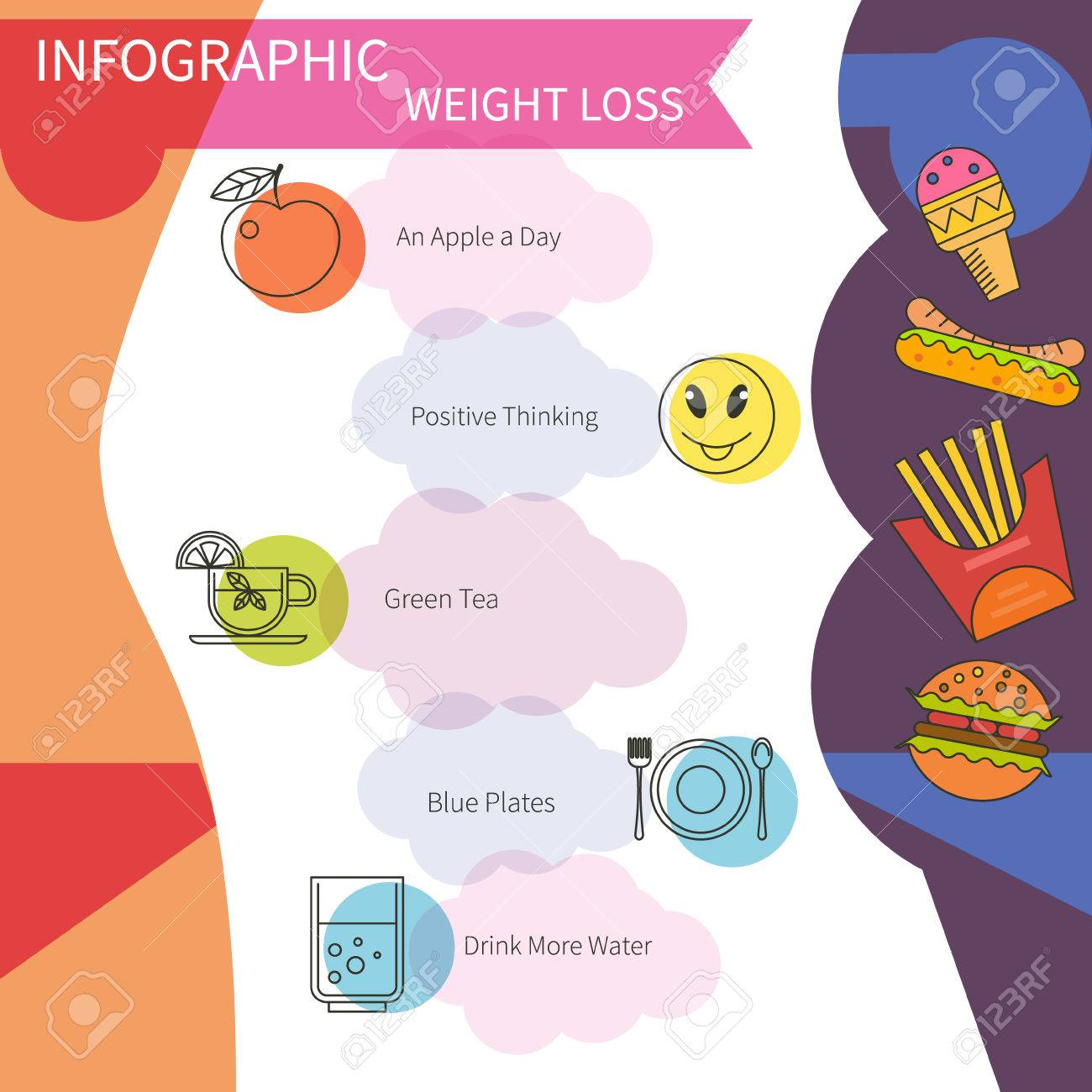The Scientific Research Behind Effective Weight Management Programs: What You Need To Know
The Scientific Research Behind Effective Weight Management Programs: What You Need To Know
Blog Article
Team Writer-Currin Dreier
Weight management is a topic that has garnered substantial attention in the last few years, with countless programs and approaches asserting to provide the utmost remedy. However, in the middle of the sound and complication, it is crucial to understand the scientific research behind successful weight-loss programs.
This short article aims to give a thorough introduction of the vital principles that underpin effective weight loss strategies. is eden semaglutide legit will certainly explore the role of calories in weight reduction, expose usual misconceptions bordering fat burning, and stress the relevance of lasting way of life changes.
By acquiring a much deeper understanding of the scientific structures of weight reduction, viewers will be equipped with the knowledge necessary to make educated decisions about their very own weight management journey.
The Duty of Calories in Weight Management
The duty of calories in weight reduction can be recognized via a comprehensive understanding of energy balance and the relevance of developing a calorie deficit.
When it involves fat burning, the fundamental concept is that in order to drop pounds, you should consume fewer calories than you melt. This creates a calorie deficiency, which forces the body to use its fat stores for energy.
Calories are devices of power that are located in the food we consume, and they provide the gas necessary for the body to operate. By consuming fewer calories than your body needs, you force it to use kept fat as an energy source, inevitably leading to fat burning.
Consequently, monitoring and regulating calorie consumption is an essential element of any reliable weight reduction program.
Debunking Common Fat Burning Misconceptions
False impressions concerning weight-loss commonly lead people to make inefficient choices when it pertains to their diet and exercise regimens. It is necessary to unmask these usual weight loss misconceptions in order to supply exact info and aid individuals make educated decisions.
Below are pop over to this web-site that need to be addressed:
- Misconception 1: Crash diets are the best way to reduce weight promptly.
- Misconception 2: Removing whole food groups is essential for fat burning.
- Myth 3: Cardio is the only type of exercise that assists in weight-loss.
- Misconception 4: Supplements and fat burners are the secret to dropping pounds.
The Importance of Sustainable Lifestyle Changes
Sustainable way of living changes are vital for long-lasting weight loss success, as they require consistent and disciplined initiatives. While quick-fix diet plans might use short-term results, preserving weight-loss calls for a change in practices and habits that can be maintained gradually.
Embracing medically supervised weight loss program balanced and nutritious diet plan, increasing exercise, and handling anxiety degrees are all key components of sustainable lifestyle changes. It is necessary to focus on making gradual and realistic alterations to one's everyday regimen, rather than depending on severe steps or restrictive diets.
Final thought
Finally, successful fat burning programs rely upon recognizing the role of calories, exposing common myths, and implementing lasting way of life adjustments.
Equally as https://step-by-stepguidetolosing66553.blogaritma.com/31570045/just-how-to-locate-the-right-medical-weight-management-program-for-you represents the significance of calorie equilibrium, disproving myths works as a magnifying glass, revealing the fact behind weight management.
Lastly, lasting lifestyle adjustments act as a compass, assisting individuals towards lasting success and a much healthier future.
By welcoming these principles, individuals can unlock the key to accomplishing their weight loss objectives.
